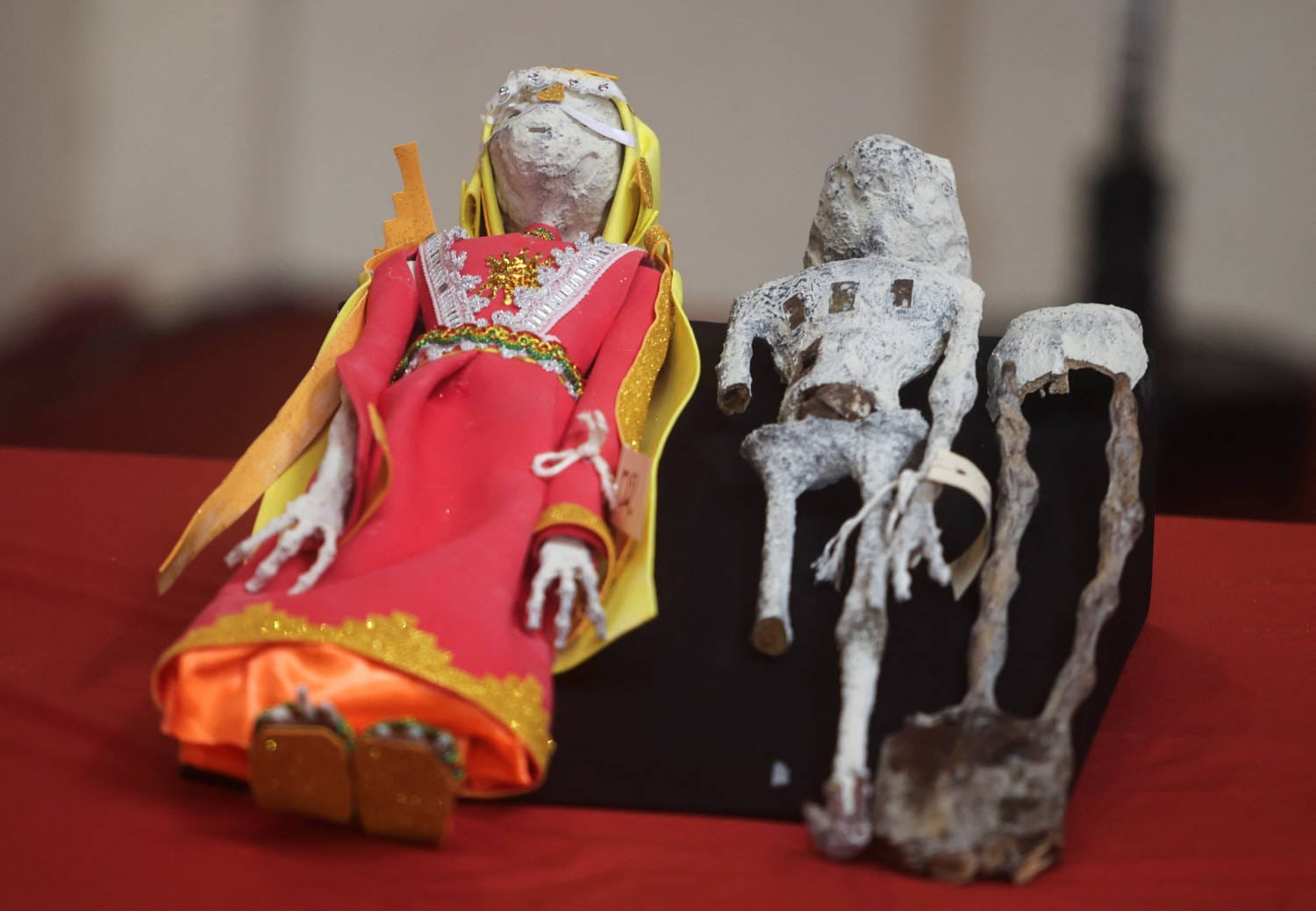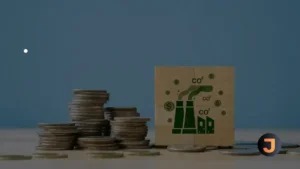Peru’s Battle Against Looting and Trafficking of Archaeological Artifacts
In the vast deserts of Peru’s Nazca region, a discovery by Leandro Rivera has brought to light the ongoing struggle against the looting of archaeological artifacts. Rivera, who unearthed hundreds of pre-Hispanic items including human bodies with unusual features, was convicted in 2022 for assault on public monuments. Despite facing a potential eight-year prison term, he was given a four-year suspended sentence and fined 20,000 Peruvian soles.
The Nazca plateau, renowned for its mysterious geoglyphs and well-preserved remains due to the salt flats, has become a hotspot for grave robbers. Rivera’s case gained international attention when two mummies from his collection were showcased in Mexico, sparking debates on extraterrestrial life. This incident has raised concerns about Peru’s ability to safeguard its cultural heritage from black market trade.
Christopher Heaney, an expert on Latin American history, suggests that Peru’s efforts to curb artifact trafficking need reassessment. Meanwhile, Peru’s Culture Ministry has remained silent on the effectiveness of their measures against this illicit trade.
Reuters’ investigation into the anti-smuggling unit at Lima’s international airport revealed calls for harsher penalties and improved coordination to prevent looting. The pandemic has exacerbated the situation, with UNESCO and the World Customs Organization noting a surge in cultural goods trafficking online. Tomb raiders have adapted to digital platforms, sharing tips and selling looted items through encrypted channels.
Experts like Guido Lombardi and Flavio Estrada highlight the challenges in distinguishing authentic artifacts from fakes and addressing misconceptions about ancient practices like cranial modification. These misconceptions fuel a market driven by alien enthusiasts and private collectors seeking unique pieces.
The shift in global attitudes towards displaying indigenous remains has led to repatriation efforts by reputable museums. However, the demand persists among private collectors and those fascinated by the idea of extraterrestrials.
Peru’s struggle is compounded by its extensive borders and numerous crossings. At Lima’s airport, cultural ministry officials work tirelessly to intercept illegal exports. While seizures have decreased thanks to educational efforts, the challenge remains daunting.
Recent interceptions of smuggled remains underscore the ongoing battle. The Peruvian culture ministry is investigating how Rivera’s finds reached foreign lands and what can be done to prevent future losses. As the debate continues, Peru faces the arduous task of protecting its rich cultural legacy from those who seek to exploit it for profit or fantasy.





